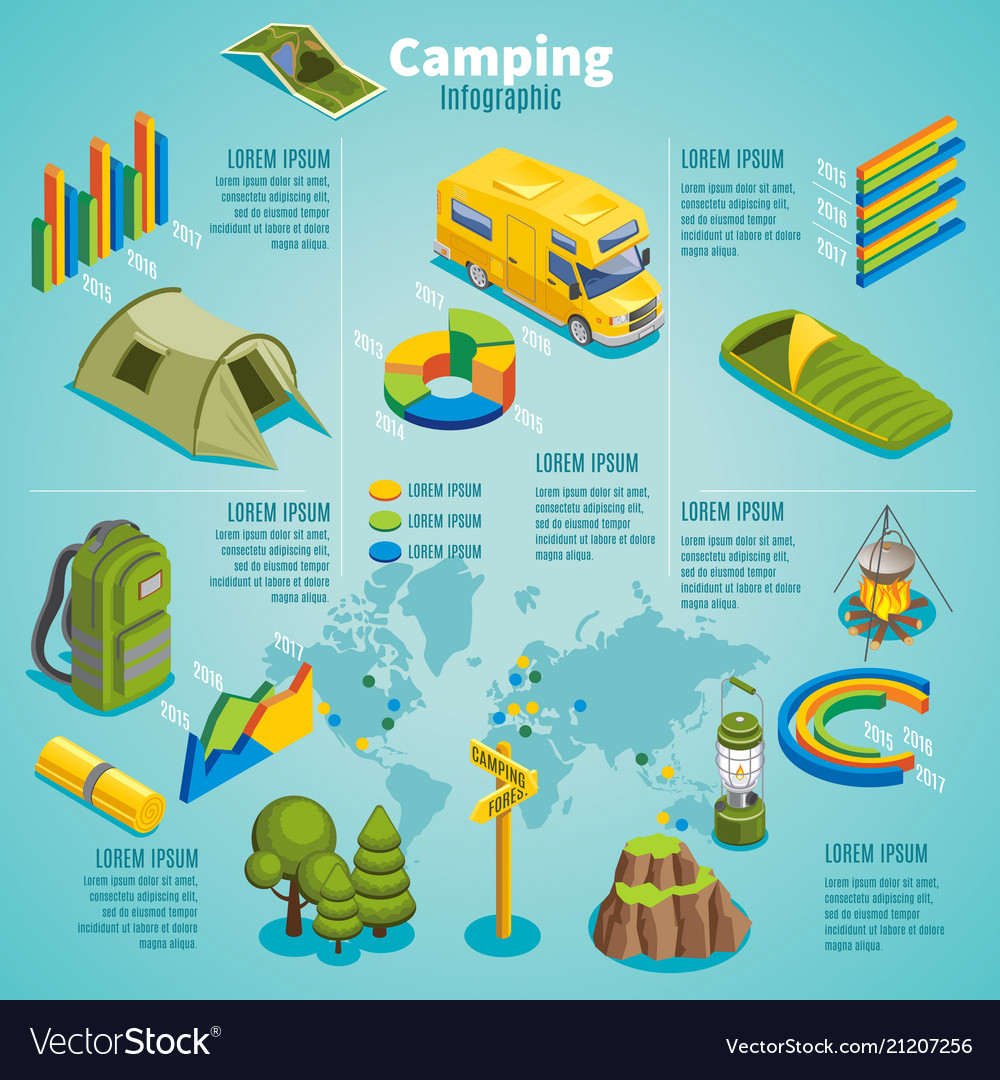Make Buyers Come To Your Camping Tents By Using These Tips
Make Buyers Come To Your Camping Tents By Using These Tips
Blog Article
Does Your Backpacking Camping Tent Need an Impact?
An impact is pricey and includes extra weight to your backpack. It likewise isn't especially resilient.
Do glamping pods have toilets?
Eventually, whether a camping tent impact is essential relies on where and exactly how commonly you're camping. As a whole, it's a good idea to utilize one if you camp on rough surface areas or in damp problems.
Outdoors Tents with Reduced Deniers and Water-proof Rankings
Outdoors tents with reduced deniers and water-proof scores have a tendency to be lighter, yet they can also be more fragile. They may require more frequent repairs and have less indoor room than harder versions. If you're an informal backpacker that suches as to take a trip rapid and light, this may be fine; however, more experienced walkers recognize that sacrificing resilience can include huge effects down the route.
The denier and water-proof ranking of an outdoor tents's canopy, rainfly, and floor can aid you determine its livability. Seek higher-denier textiles on the cover and rainfly, along with taped joints that assist avoid water from seeping through stitches. Some suppliers also use warmth and sealer throughout building and construction to develop a more powerful joint; these are called bonded joints.
The livability of a camping tent can likewise be figured out by its flooring measurements and capability. A camping tent's floor should be slightly smaller sized than the impact to avoid water from pooling under the shelter.
Tents in Rough Terrain
Many backpacking tents consist of an impact made particularly for their design, which helps make certain a correct fit and secures the tent's base from moisture and sharp things. Various other producers sell global footprints that can be cut or folded up to match a camping tent's dimensions.
The sort of surface you'll experience is another vital consideration for choosing a tent. As an example, if you'll be camping in a canyon or gully, search for a shelter that can handle solid winds. These conditions produce turbulence that can make the distinction between appreciating your camping area or suffering pain.
The capability and peak elevation of a tent offer you a great concept of its livability, however additional variables to think about include vestibules (the section of the rainfly covering the doors) and total storage area. For instance, during our winter months testing of the kid cots Marmot Tungsten, its charitable 93-by-82-inch floor easily managed four sweaty backpackers and their puffier shoulder period sleeping bags while still leaving enough space for gear and individuals.
Tents in Damp Conditions
Even if your outdoor tents shows up dry, wetness lurks in the spaces and crannies. In time, it can weaken the fabric. That's why it's so vital to make the most of day of rest to deep-clean your tent and its parts, such as zipper linings, risk loopholes and adjustable webbing bands.
Likewise, see to it to pitch your camping tent in a level area, not a divot or concave place, so that ground water does not collect in between the tent floor and impact or tarp. And if you're making use of a footprint, think about a custom-cut one designed for your camping tent's layout. It won't gather rain the way a common ground cloth or tarp can.
Method establishing and removing your camping tent in the house before you hit the road, to obtain a feel for how rapidly and successfully you can do it. Additionally, practice staking out your outdoor tents in different terrains to see just how easy it is (or isn't) to do in bad weather.
Outdoors Tents in High-Rise Situations
Tents range in flooring dimension and livability. For example, a big tent with double doors and vestibules like Marmot's Tungsten can manage four backpackers without needing acrobatics to enter and out or to store equipment.
The minimal trail weight spec is the most effective spec to contrast versions, as it includes the bare fundamentals: camping tent body, rainfly and posts. But bear in mind that the specification excludes tent stakes, individual lines and things sacks.
Many backpacking camping tents can stand up to a light summer storm, however some can be swept away by gale-force gusts. Try to find a version with solid poles, a raised bathtub-style floor and joint taping to lower the opportunity of water seeping with. More expensive styles additionally tend to feature stronger products that can resist the impact of debris and other pressures.
What kind of heater is safe to use in a tent?
